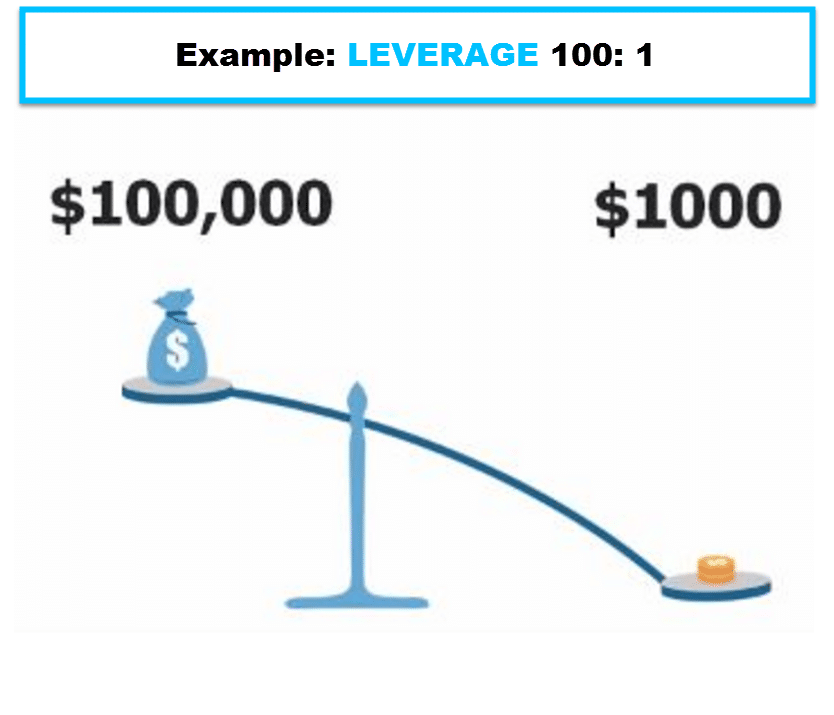
A plan is essential for investing. Good strategies combine the knowledge of the basics with guidance from experts. Investing is a very emotional process. This can lead to you relying on your intuitions and trying time the market. To stick to your investment plan, it is essential to create one. These are the fundamentals of investing. These are the basics of investing. Make sure you read them and adapt them to your particular situation. If you want to start investing today, take these tips into consideration.
Diversification
Diversification is the most important aspect of investing. Diversifying your portfolio can reduce the risk of losing your money even if your investments fall. But diversification is not enough to protect against systemic risks. For example, investors could punish an entire asset class like stocks. It is impossible to avoid inflation or the rise in interest rates. You should therefore consider diversifying your investments.
Investing actively
There are many pros and cons to active investment. Your risk tolerance and financial goals should guide your decision. Active investing is best for those looking for wealth growth in the short term. However, trading fees and high management fees can make it expensive. Passive investment is better for long-term savings, low cost investment and tax-efficient investments. It is important to understand that passive and active investing both have their benefits.

Assessing your risk tolerance
Your investment strategy should consider your risk tolerance. So you can be more confident when investing, it is important to be able assess your risk tolerance quickly. How can you figure out what is best for you? You should first consider what you consider "risk" and how high you are willing to take, with a minimum of 20%. You may be affected by financial shocks or changes in time.
Stocks
If you've been putting off stock investing, it's time for you to make the move. Some people are afraid of the risk and don't know where or how to start. There are simple steps you can take to help yourself prepare. First, you need to decide why it is that you want invest. Decide your tolerance for risk. After all, stock market prices are highly affected by world events, supply and demand, and company performances.
Bonds
Investing in bonds offers investors a chance to earn both interest and capital gains, but it's important to understand the basics. You can invest in bonds by lending money to a company, government or municipality. They promise to repay the money within a specified time. Although the U.S. Treasury savings debt is generally considered the safest investment, investing in bonds through a private company could be dangerous if the issuer faces financial difficulties.
CDs
CDs are a great investment option. Unlike traditional savings accounts, CDs have fixed interest rates and a predictable end date. CDs can be easily integrated into your financial plan because they are able to predict the end-of-term payment. A wide range of banks offers CDs with maturities ranging between a few months and several years. In addition, many banks automatically renew CDs.

Real estate
When it comes to investing in real estate, there are many methods available to investors. Those with little experience can get started with large residential rental portfolios. House-flipping, which involves renovating an existing property and then selling it at higher prices, is the most popular type of investment in realty. This type of investment is often short-term, but the expenses can add up over the years if there are no tenants. Investors have the option to make repairs in order to increase the property's sale price, regardless of investment strategy. Investors can sell the property without any repairs if the housing market is strong.
FAQ
How can I make wise investments?
It is important to have an investment plan. It is crucial to understand what you are investing in and how much you will be making back from your investments.
It is important to consider both the risks and the timeframe in which you wish to accomplish this.
This will help you determine if you are a good candidate for the investment.
You should not change your investment strategy once you have made a decision.
It is best to only lose what you can afford.
What investments are best for beginners?
The best way to start investing for beginners is to invest in yourself. They must learn how to properly manage their money. Learn how to save money for retirement. How to budget. Learn how to research stocks. Learn how to interpret financial statements. Avoid scams. Learn how to make sound decisions. Learn how to diversify. How to protect yourself from inflation Learn how to live within your means. Learn how to save money. You can have fun doing this. You'll be amazed at how much you can achieve when you manage your finances.
What kinds of investments exist?
There are many different kinds of investments available today.
Here are some of the most popular:
-
Stocks: Shares of a publicly traded company on a stock-exchange.
-
Bonds are a loan between two parties secured against future earnings.
-
Real estate is property owned by another person than the owner.
-
Options - The buyer has the option, but not the obligation, of purchasing shares at a fixed cost within a given time period.
-
Commodities-Resources such as oil and gold or silver.
-
Precious Metals - Gold and silver, platinum, and Palladium.
-
Foreign currencies - Currencies that are not the U.S. Dollar
-
Cash - Money deposited in banks.
-
Treasury bills - The government issues short-term debt.
-
Commercial paper - Debt issued by businesses.
-
Mortgages - Individual loans made by financial institutions.
-
Mutual Funds - Investment vehicles that pool money from investors and then distribute the money among various securities.
-
ETFs (Exchange-traded Funds) - ETFs can be described as mutual funds but do not require sales commissions.
-
Index funds – An investment fund that tracks the performance a specific market segment or group of markets.
-
Leverage: The borrowing of money to amplify returns.
-
ETFs (Exchange Traded Funds) - An exchange-traded mutual fund is a type that trades on the same exchange as any other security.
These funds offer diversification benefits which is the best part.
Diversification is when you invest in multiple types of assets instead of one type of asset.
This helps you to protect your investment from loss.
Which fund is the best for beginners?
When you are investing, it is crucial that you only invest in what you are best at. FXCM, an online broker, can help you trade forex. You can get free training and support if this is something you desire to do if it's important to learn how trading works.
If you are not confident enough to use an electronic broker, then you should look for a local branch where you can meet trader face to face. You can also ask questions directly to the trader and they can help with all aspects.
Next, choose a trading platform. CFD platforms and Forex trading can often be confusing for traders. Although both trading types involve speculation, it is true that they are both forms of trading. Forex is more profitable than CFDs, however, because it involves currency exchange. CFDs track stock price movements but do not actually exchange currencies.
Forex is much easier to predict future trends than CFDs.
Forex is volatile and can prove risky. For this reason, traders often prefer to stick with CFDs.
To sum up, we recommend starting off with Forex but once you get comfortable with it, move on to CFDs.
Statistics
- Most banks offer CDs at a return of less than 2% per year, which is not even enough to keep up with inflation. (ruleoneinvesting.com)
- If your stock drops 10% below its purchase price, you have the opportunity to sell that stock to someone else and still retain 90% of your risk capital. (investopedia.com)
- According to the Federal Reserve of St. Louis, only about half of millennials (those born from 1981-1996) are invested in the stock market. (schwab.com)
- 0.25% management fee $0 $500 Free career counseling plus loan discounts with a qualifying deposit Up to 1 year of free management with a qualifying deposit Get a $50 customer bonus when you fund your first taxable Investment Account (nerdwallet.com)
External Links
How To
How to properly save money for retirement
Retirement planning is when your finances are set up to enable you to live comfortably once you have retired. It's the process of planning how much money you want saved for retirement at age 65. It is also important to consider how much you will spend on retirement. This includes travel, hobbies, as well as health care costs.
You don't always have to do all the work. Many financial experts are available to help you choose the right savings strategy. They will assess your goals and your current circumstances to help you determine the best savings strategy for you.
There are two main types - traditional and Roth. Traditional retirement plans use pre-tax dollars, while Roth plans let you set aside post-tax dollars. You can choose to pay higher taxes now or lower later.
Traditional Retirement Plans
A traditional IRA allows pretax income to be contributed to the plan. Contributions can be made until you turn 59 1/2 if you are under 50. If you want to contribute, you can start taking out funds. The account can be closed once you turn 70 1/2.
You might be eligible for a retirement pension if you have already begun saving. These pensions can vary depending on your location. Some employers offer matching programs that match employee contributions dollar for dollar. Some employers offer defined benefit plans, which guarantee a set amount of monthly payments.
Roth Retirement Plan
Roth IRAs are tax-free. You pay taxes before you put money in the account. When you reach retirement age, you are able to withdraw earnings tax-free. There are restrictions. There are some limitations. You can't withdraw money for medical expenses.
A 401(k), another type of retirement plan, is also available. These benefits are often offered by employers through payroll deductions. Employer match programs are another benefit that employees often receive.
401(k) Plans
Employers offer 401(k) plans. They allow you to put money into an account managed and maintained by your company. Your employer will automatically contribute a percentage of each paycheck.
The money you have will continue to grow and you control how it's distributed when you retire. Many people want to cash out their entire account at once. Others spread out their distributions throughout their lives.
Other Types Of Savings Accounts
Other types of savings accounts are offered by some companies. TD Ameritrade offers a ShareBuilder account. You can also invest in ETFs, mutual fund, stocks, and other assets with this account. You can also earn interest for all balances.
Ally Bank can open a MySavings Account. This account allows you to deposit cash, checks and debit cards as well as credit cards. This account allows you to transfer money between accounts, or add money from external sources.
What next?
Once you have a clear idea of which type is most suitable for you, it's now time to invest! First, find a reputable investment firm. Ask family members and friends for their experience with recommended firms. Also, check online reviews for information on companies.
Next, figure out how much money to save. Next, calculate your net worth. Net worth includes assets like your home, investments, and retirement accounts. It also includes liabilities, such as debts owed lenders.
Once you have a rough idea of your net worth, multiply it by 25. This number is the amount of money you will need to save each month in order to reach your goal.
For instance, if you have $100,000 in net worth and want to retire at 65 when you are 65, you need to save $4,000 per year.